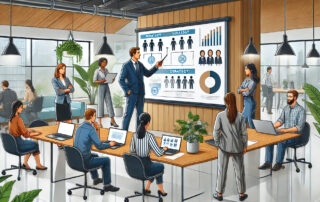Differences between Design Thinking, Lean Startup, Design Sprint, Agile, Scrum and Kanban
Table of Contents
If you’re familiar with agile methodologies or have heard about any of these topics, you’ve probably wondered how they differ from each other. We’ve been there. Often, it can be confusing because all these methodologies coincide in several aspects; however, with this article, we will help you understand a little more about what they are used for and how each process is different.
For practical purposes, we divided each methodology or philosophy as follows:
Methodologies focused on generating innovation:
-
- Design Sprint
- Design Thinking
Methodologies focused on testing concepts with customers, markets (with MVPs and others):
-
- Lean Startup
- Design Sprint
Methodologies for development projects:
-
- Agile
- Scrum
- Kanban
Design Thinking
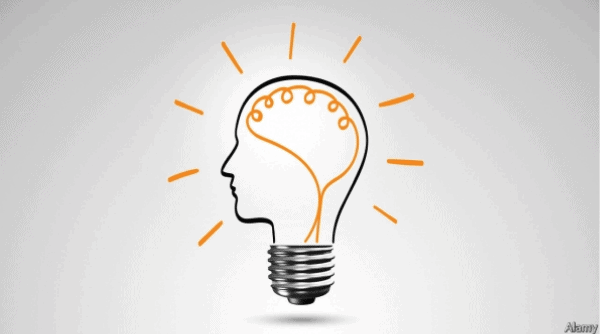
This philosophy is centred on people and how to solve complex problems for them, often by understanding their culture and context. In this process, it is a matter of profoundly understanding the qualities of the customers, knowing what they want, what they need, how they behave, how they interact with the product/service, etc.. Design Thinking seeks a balance between desirability, human need, and technical and economic feasibility.
This is usually the process that occurs before developing a business model, and, like the rest of the methodologies, it is iterative, meaning that the company is continuously repeating the process to analyse the results and incorporate new ideas. In this way, the aim is to develop strategies based on the complex needs and characteristics of the client.
It does not have a defined working scheme and can even be carried out in no specific order. Still, it is usually developed in the following steps: empathising with the client, defining his needs and problems, devising creative and innovative solutions, creating prototypes, and testing them.
In summary
-
- It is a philosophy.
- It focuses on the identification and creative and innovative solution to customer problems.
- Its cornerstone is the in-depth study of people and their needs, how to solve their problems.
- It is iterative.
Design Sprint
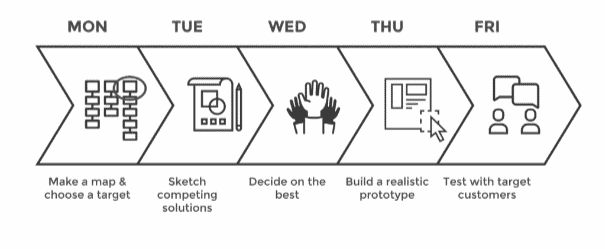
Unlike Design Thinking, Design Sprint is more focused on how a product is built. It’s like a student who reads a MyAdmissionEssay review before ordering a paper from this service. In this case, the methodology is carried out under a scheme and a time limit (generally five days). The process is summarised as follows: map the problem on which the team will focus; draw the competent solutions on paper; make decisions regarding the proposed solutions; build the prototype that reflects everything stated in theory and, finally, check the final prototype with the clients. Given the short time in which this methodology is developed, it only focuses on finding a solution to a part of the problem.
In the Design Sprint methodology, utilizing prototyping tools is crucial for efficiently constructing and evaluating product prototypes within the limited timeframe. These tools facilitate the seamless translation of conceptual ideas into practical prototypes, enabling thorough client assessments despite the time constraints inherent in this process.
One of the aspects that differentiates Design Sprint from Design Thinking (with which it is usually compared) is that in the Design Sprint, it is necessary to form a specific group of people to work for five days, whereas in Design Thinking the collaboration comes from different employees of the company and goes beyond any hierarchy. Engaging a specialized design sprint agency can help facilitate this focused collaboration, guiding the team through the intensive process and ensuring effective outcomes within the defined timeframe.
In Design Sprint, some tools of Design Thinking are also used, especially in the elaboration of ideas after the client’s analysis and feedback to generate innovation. Many have considered this methodology a mix of Design Thinking and Agile.
In summary
-
- Methodology with a time limit, generally five days.
- Highly productive given the previous feature.
- Focused on generating innovation and testing prototypes.
- Small team of people.
- Focused on the joint construction of products.
Lean Startup

In the case of Lean Startup, the methodology is much more focused on developing the client, the market, a business model, and obtaining validated learning. It begins by establishing what is known as “canvas” where the assumptions that entrepreneurs have the problem and develop hypotheses to solve it, they try to validate through the creation of Minimum Viable Products (MVP).
Although the process is not limited to a specific amount of time, it is executed under the steps of creating the product, measuring customer response, and learning from the results to see if the project is continued to fit the market or if it is pivoted. This whole process is iterative and will be repeated until you have a product that works very well with customers or until it is no longer viable to continue with it.
It is important to note that in this methodology, the entrepreneur already has a little more clarity about the problem he or she is facing, so it could be said that it is a post-design thinking process. Also, it analyses both qualitative aspects (customer needs) and quantitative aspects (to measure the results of the MVP).
In summary
-
- It focuses on testing hypotheses with customers by adjusting to the real market needs.
- Canvases are created.
- The goal is to create, measure, and learn to move forward with the product/service or pivot.
- We work according to what we want to learn from the users.
- A minimum of resources is used to elaborate on the MVP.
- It is an iterative process.
Agile
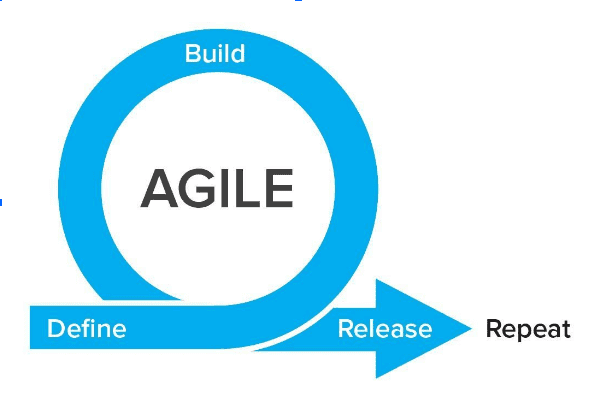
This is like the “mother” of methodologies for development projects. Its name partly sums up the objective of this methodology: to speed up. To speed up decision making, work and software development taking into account the context at all times, so no matter what stage of the process you are in, there will be no problem if changes occur because the methodology already provides mechanisms to adapt quickly. It should be noted that this does not mean doing things rapidly, but rather optimising processes to increase the final quality of the product.
In Agile, we work through multidisciplinary and self-organised teams, where we share the decision making; this seeks to generate more value to the product/service. Its most significant difference with other methodologies is that it does not necessarily have a final goal since the process is designed to move forward according to customer needs and the company. Utilizing agile project management software can further enhance collaboration, efficiency, and adaptability within these dynamic teams.
In summary:
-
- It evolves and adapts to the context.
- Philosophy for development projects.
- They bring value to customers because they adapt quickly to changes. It takes advantage of the shift to provide a competitive advantage.
- Advance gradually in short cycles.
Scrum
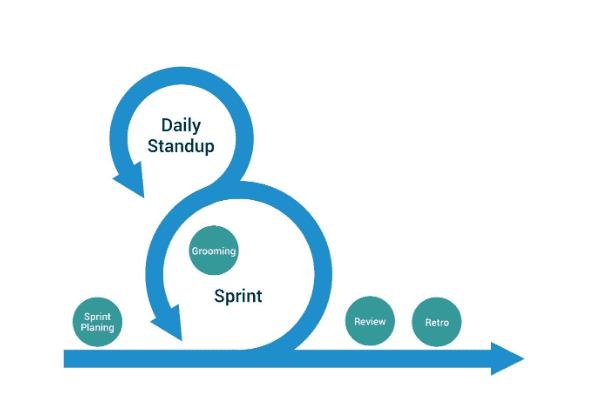
It is a framework that seeks incremental development rather than completes the planning and design of a product. When this framework is applied, roles are assigned such as the Scrum Master, who is in charge of directing and managing the project; the Product Owner, who is the representative of the clients or those interested in the product, service or company; and the Team, which is multifunctional and in charge of carrying out the entire development process.
We work through cycles called “sprints” that usually have a duration agreed by the team (generally less than four weeks) where the products or services are created according to the priorities indicated in the requirements of the Product Owner so that the product deliveries are made partially and regularly, once the sprint is completed, the unfinished tasks are returned.
The product priorities are selected again according to the new list of requirements of the Product Owner; this selection of priorities of the elements is the “pull” (see below). These work teams are self-organised and daily hold a 15-minute meeting where project progress is discussed. Some of these features, such as the “master” or periods and cycles, are shared by the Design Sprint methodology.
FACT: The pull system is one that focuses on developing only the elements that will be delivered to the customer; that is, it works according to demand and does not overproduce. This system is usually used in short and flexible development processes focused on innovation.
This whole process can be managed in different ways: from pasting “post-it” coloured notes on a wall or a whiteboard, to software packages. In the first case, there are usually three columns: work pending, work in progress, and done. This is an imported feature of the Kanban methodology.
In summary
- The agile methodology that allows development teams to work by deliveries (sprints) to maintain focus and optimise the execution process.
- Roles are assigned, and work is done at the agreed time and speed.
- It is iterative, but no changes can be made in the middle of an iteration.
- It works according to the client’s requests or requirements (main focus), so it mitigates risks and adapts to the circumstances.
- Once the sprint is completed, all elements of the board are removed.
- As it is a rapid response and highly productive process, it is used when deliveries of a product are being lengthened, when quality is not sufficient, when it is necessary to react to the competition, etc.
Kanban
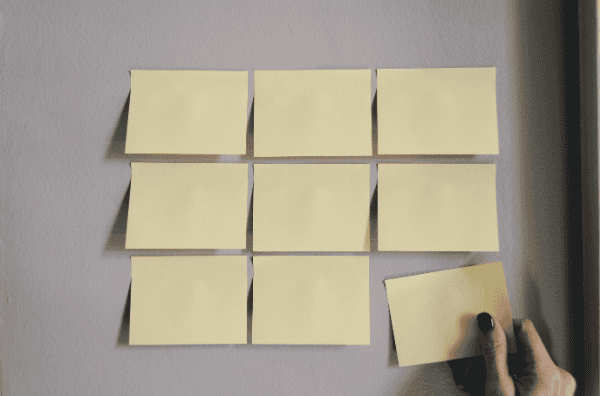
It is a card system that emphasises “Just in Time” delivery, a methodology adopted by Toyota to reduce costs. In this case, the aim is to inform the teams about the processes being executed in the company and to optimise their workflow. Since it is developed under the principles of the Agile Methodology, Kanban contemplates significant similarities with Scrum (like the self-organised teams). However, the main difference is that it is a continuous process; it is not divided into sprints. Besides, assigning roles is optional; no meetings are fixed, and the teams have the alternative of being specialised and not multifunctional.
Like Scrum, it is usually displayed in columns of work pending, work in progress and work done, with the difference that the elements are never deleted, but persist, and are also modifiable. The Kanban pull is only executed when a card in a column has been completed; for example, if we have several tasks in progress, we can only add more to this column when we have finished carrying them out.
In summary
-
- It regulates and seeks to optimise the workflow.
- It is not an iterative process like the others; it is continuous.
- Changes can be admitted during its execution.
- It is used to avoid bottlenecks.
- It uses a table or diagram composed of three columns of tasks to be performed: pending, in-process, and finished.
As you can see, many of these methodologies, philosophies, and frameworks have similarities because almost all are focused on reducing the time and resources used to develop a product or service by learning from this experience, so productivity is the key. Their difference lies in how this optimisation is executed, who the process is oriented to (client, product, etc.), and the different elements it incorporates in the development.
This does not mean that they are exclusive, that is, many companies and startups try several of these methods and end up incorporating elements from several of them until they form their own methodology, one that can be adapted to the company and its team. Innovation coach Geert Claes states in his blog that: “It probably makes more sense to see Design Thinking, Lean, Design Sprint and Agile as a set of tools and techniques in the toolbox of one, rather than discussing one over the other, because they can all add value somewhere on the innovation spectrum.
This article does not constitute legal advice.
The opinions expressed in the column above represent the author’s own.

